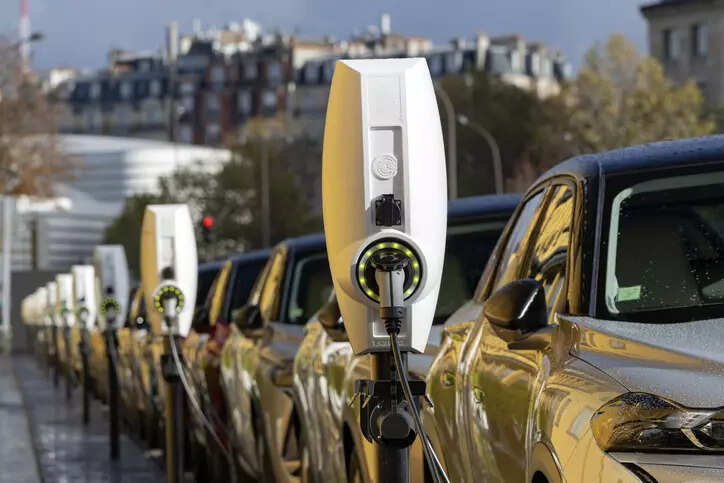
New Delhi: It is necessary to understand the nuanced environmental and social risks of the Electric Vehicles (EV) supply chain for India to keep its 2030 Vision and Net Zero goals on track.
Accordng to a latest study by Arthur D Little, the risks of permanent ecological damage from air, water, and soil pollution, poor waste management, and human rights issues arising from the e-mobility value chain still needs to be addressed.
The report “Towards a Sustainable Value Chain for Electric Vehicles in India” stresses on the need to lay the foundation to a sustainable EV value chain right from the start as India builds its electric mobility capabilities to cater its EV demand.
India is projected to have 10 million EVs on the road by 2030 and similarly many nations have made tremendous progress in the EV space driven by demand for cleaner transportation.
Battery-powered EVs have been hailed as clean vehicles that will transform mobility and significantly reduce transportation’s harmful impact on the environment. They can be more eco-friendly compared to conventional internal combustion engine (ICE) based vehicles throughout their lifetime.
“While the vehicles themselves provide for zero tailpipe emissions, the battery comes with hazards that are all too often overlooked such as being made from scarce raw materials mined in an unsustainable manner risking human lives, having an unfavorable CO2 footprint in manufacturing, and being tough to recycle,” the study said.
The viewpoint even explores the rare earth metals used in the e-motors which are usually unethically sourced and have carbon intensive production.
Mainly during the vehicle use phase, EVs are only as green as the electric energy used to charge the vehicle, which in India, most of the time comes from burning coal and therefore releases greenhouse gases after all, Arthur D Little said in a statement.
According to a 2022 Nature journal, the use of coal power substantially increases the ecological footprint of an EV over its lifetime, with just 5 per cent Greenhouse Gas reduction compared to the lifetime emissions from a typical gasoline car sold in India.
Also Read:
